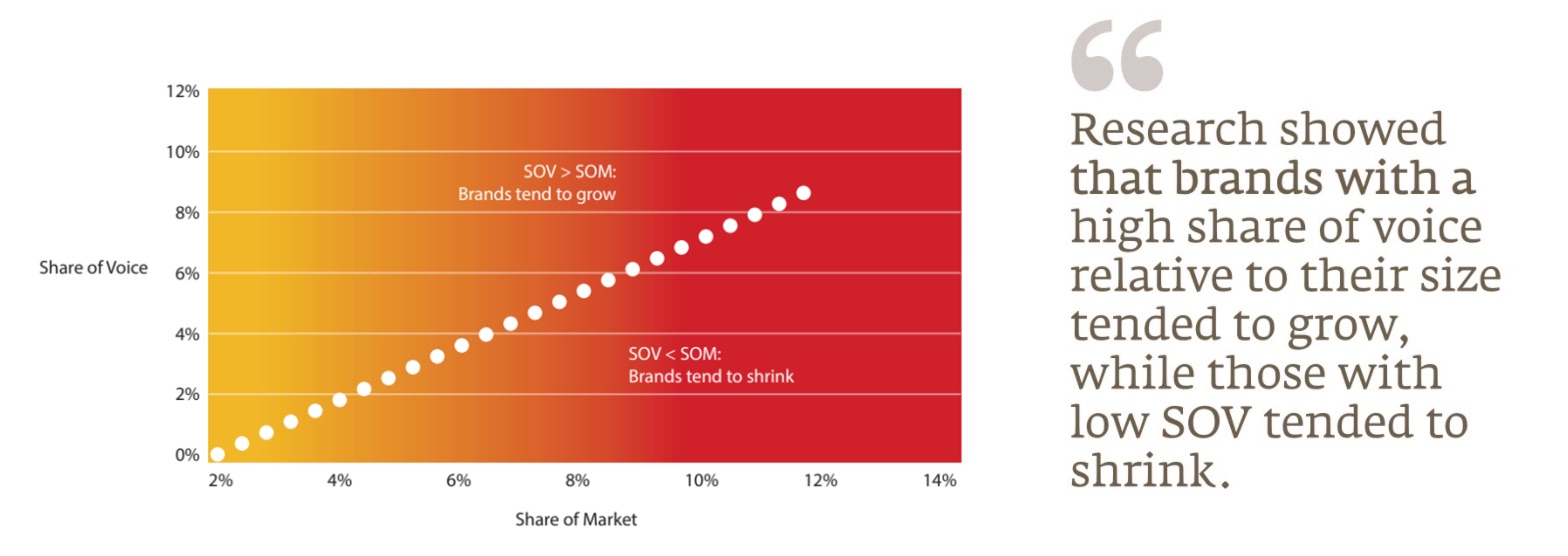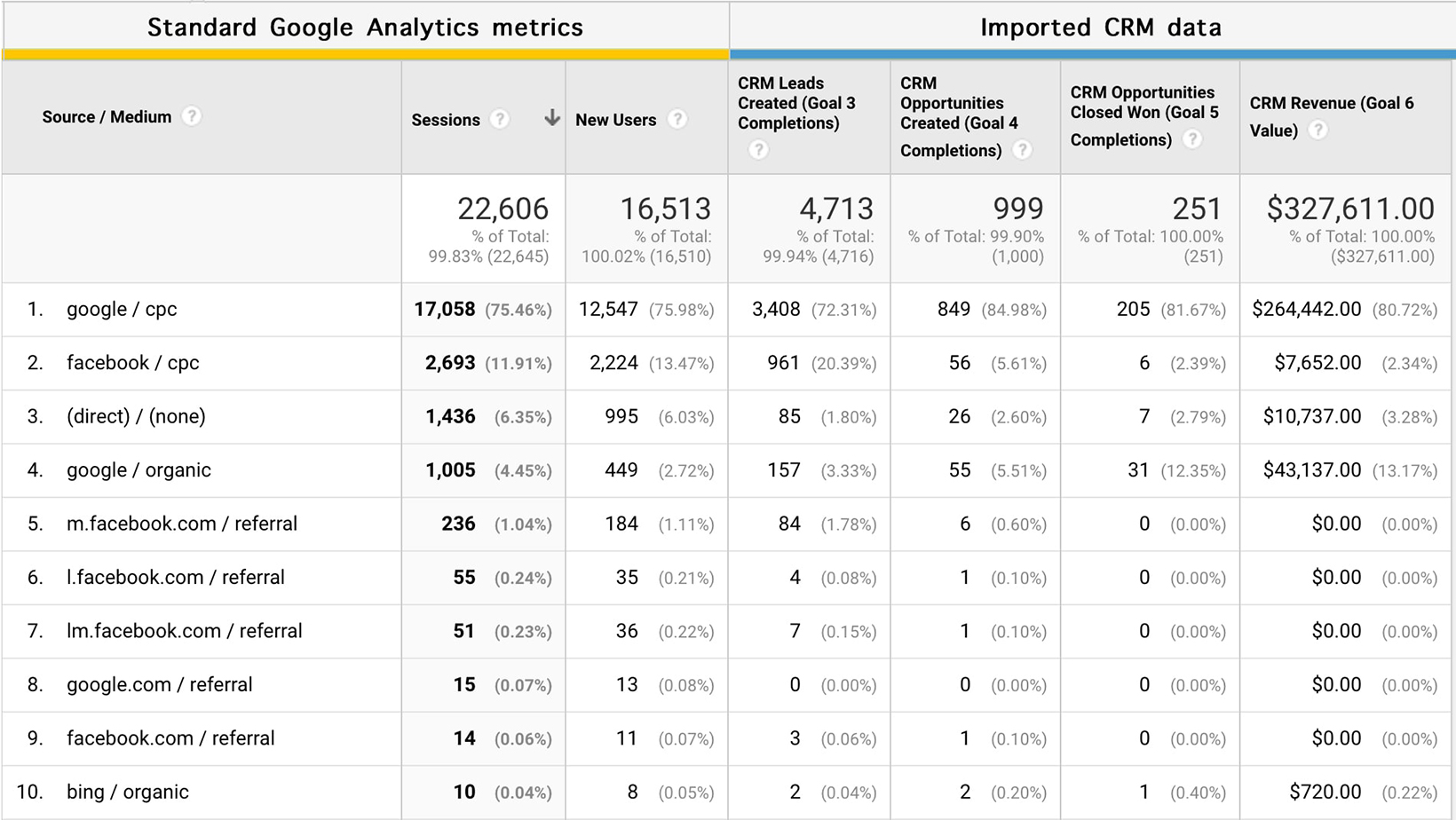29 Sep How to Plan a Sustainable B2B Media Strategy in a Recession via @iambenwood
We’re in the midst of what’s set to be the deepest global recession since World War II.
Unlike past recessions, many marketing teams are now 100% reliant on digital marketing.
This is due to the overnight loss of many traditional marketing channels.
So how can you put together an effective media strategy for B2B verticals traditionally fuelled by offline sales tactics?
As we know, the most successful companies to come out of a recession are those that prioritize and execute the right marketing strategies.
Marketing through a recession – and more specifically media planning through a recession – will require knowing which channels and activities are delivering the best returns and making those activities the priority.
This will set your business up for growth when the economy eventually improves.
How Should B2B Brands Adapt Their Media Strategy During a Recession?
The recent pandemic has rapidly accelerated digital transformation.
Many marketing teams are forced to up-skill their digital capabilities, including targeted media buying.
In many cases, this means funneling traditional marketing spend to areas delivering the best return.
The problem that many B2B organizations face, though, is not having reliable data sources to make these decisions.
How to Manage Media Budgets During a Recession
How well you’re able to quickly adjust media spend will largely depend on the accuracy of your historic attribution data.
This relies on having a solid, trusted data source to help identify which areas worked in the past.
The temptation will be to divert budgets into shorter-term performance marketing and sales promotions.
Since they are easy to measure and direct ROI of performance marketing activities.
But having an accurate view of which activities are generating conversions and revenue, is the essential first step in building a sustainable media plan.
The Importance of Offline Conversion Tracking in B2B
Offline conversion tracking will become a priority in B2B markets.
Now that more traditional marketing investments are moving toward PPC, marketing leaders are looking to understand the true value of their investments.
This means looking to import offline sales values back into analytics to “close the loop” between advertising spend and offline conversion data.
Without offline data, brands will be reliant on conversion figures alone.
Bring in offline data will give a clearer picture of which activities are driving real value for your business.
As an example, below we’ve got two examples of conversion paths from two separate users.
Both clicked the same ad from the same keyword and converted at the same CPA of £8.
In reality, we can see that user A is worth almost 1.8k in total revenue and user B is worth £0.


Traditionally, many B2B organizations invested in PPC as an ancillary network to drive sales.
They were comfortable with reporting on ‘conversions’ without any offline data to report on the actual conversion value.
Now that PPC is set to receive budget previously allotted for offline marketing, it’s important to fully understand which campaigns are driving the best returns.
To enable effective platform and budget decisions you need to have a reliable data source, such as Google Analytics.
And it needs to be tracking actual business metrics, linked to offline activities from your CRM system.
Combining Brand Building with Sales Activation
We’ll likely see an increase in the competition seen on Google search, Shopping, and many traditionally bottom-funnel networks.
Brands with little to no digital marketing experience will be investing because of the pandemic.
And many will jump to invest their marketing budgets on those networks that will be able to show quick returns.
Investments that brands should be making – for brand building – are overlooked because it is more difficult to attribute sales to upper funnel advertising activities (e.g, display, video, and digital audio advertising).
But the truth is, long-term sales growth comes from a combination of sales activation and brand awareness activity.
Although brand building can often prove more of an attribution challenge, it’s more important than ever to identify relevant, cost-effective networks for our brands in 2021.
This is to ensure maximize exposure outside of search alone and build brands that will be remembered over the course of what’s likely to be a vastly extended sales cycle.


We know from previous experience that brands who use brand awareness throughout recessions have grown their share of voice.
In turn, they have remained top of mind with consumers.
In the current climate, brands will have the ability to grow share of voice at a cheaper rate than in normal times since many brands have pulled back advertising spend.
This is an opportunity for forward-thinking brands willing to invest in the long term.
Indeed, research shows that brands that are able to grow share of voice tended to grow share of the market.
While larger brands with low SOV tended to shrink!


Businesses that invest in a combination of sales activation and brand building advertising are more likely to be remembered when everyone starts advertising again.
Appealing to the Nervous Buyer
In the current climate, B2B brands need to appeal to the nervous buyer outside of media investments.
A recession often means more risk-averse buyers.
It leads decision-makers to have a tendency to go with “safe” solutions.
Catering to this means including customer reviews, case studies, awards, and testimonials front and center of your website and your ad copy.
Will You Be Remembered When the Economy Recovers?
Recessions are often long, and buyers are a forgetful bunch.
The brands that are consistently present become top-of-mind when the economy rights itself.
They will be in a better position to grow market share than those brands that opted to freeze for the next few months.
Brands that remain memorable throughout the recession will have a distinct market advantage over those that cut back on brand awareness in favor of short term investments.
When the economy recovers, it’ll be the businesses that have spent on brand building that will have the most growth potential.
More Resources:
- PPC 101: A Complete Guide to PPC Marketing Basics
- What Is PPC & How Paid Search Marketing Works
- 10 Signs Your Digital Marketing Strategy Needs an Overhaul
Image Credits
All screenshots taken by author, September 2020


Sorry, the comment form is closed at this time.